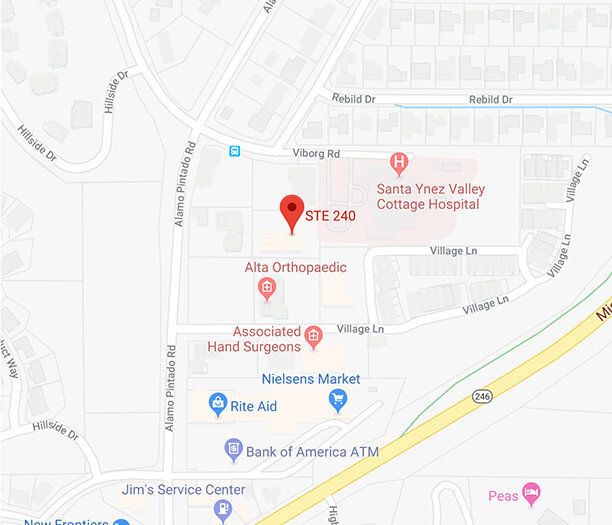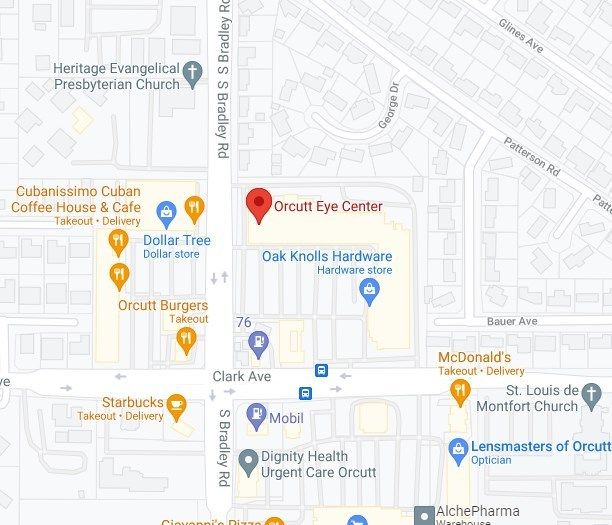
Imagine going to the eye doctor to check your eyes because something changed in your vision. Naturally, you expect the doctor to give you prescription eyeglasses or perhaps update your existing ones. Surprisingly, the ophthalmologist tells you it’s not advisable to have new eyewear because you have cataracts. New glasses will no longer help the patient's vision because of the patient’s cataracts. The patient can be prescribed new glasses after cataract surgery; however, in many cases, glasses are no longer needed after cataract surgery! What are cataracts exactly, and how do they form?
What Are Cataracts?
The lens is the clear part of the eye responsible for focusing light into the retina. When you have cataracts, the lens becomes cloudy and opaque. This cloudiness prevents light from reaching the retina properly, resulting in blurred or impaired vision.
Cataracts typically develop slowly over time, and early symptoms may include:
● Blurry vision.
● Difficulty seeing in low light.
● Increased sensitivity to glare.
● The perception of halos around lights.
How Do Cataracts Develop?
The exact cause of cataracts is still unknown. How it develops usually depends on several factors, such as:
Aging
Age-related cataracts are the most common type. They occur as a result of changes in the proteins within the lens. The lens is clear and flexible when we are young, allowing light to pass through easily. However, as we age, the proteins in the lens may break down, causing cloudiness.
Genetics
Cataracts may develop if you have a genetic predisposition to it. If cataracts run in your family, you may also have a higher risk of developing them.
Congenital cataracts may occur at any age. Even babies may have them at birth, often in both eyes. Cataracts are, however, generally a problem that develops later in life. Some types of congenital cataracts don’t affect vision. Others do, and they have to be removed.
Medical Conditions
Certain medical conditions, such as diabetes, can increase the risk of developing cataracts. Diabetes affects the body’s ability to regulate blood sugar levels, leading to changes in the lens and an increased likelihood of cataract formation.
When cataracts develop due to another medical condition, doctors call them secondary cataracts.
Trauma or Injury
Physical trauma to the eye can also contribute to the development of cataracts. This may occur immediately after the trauma or even years later.
Other Factors
Smoking, steroid use, and prolonged exposure to sunlight without protective eyewear may also play a role in cataract development.
Prevention and Treatment
Cataracts cannot be prevented. However, there are measures one can take to delay the onset of the cataracts or slow their progression.
Top of the list is having your eyes checked regularly. Regular eye exams can help detect the early signs of cataract development. Early detection allows for timely intervention and appropriate treatment options.
Based on how cataracts develop, you may also take the following measures:
● Wear protective eyewear when out in the sun.
● Manage medical conditions, such as diabetes.
● Protect your eyes from injury or trauma.
In cases where cataracts significantly affect vision and daily life, surgery becomes a viable treatment option. Cataract surgery removes the clouded lens and replaces it with an artificial intraocular lens, restoring clear vision.
Worried About Cataracts? Take Action Today
Given how common cataracts are, particularly as you age, taking action early is important. If you’re at risk, it’s best to have an eye checkup at least annually. Do you already have cataracts? Consider talking to your doctor about the possibility of surgery.
If you’re worried about cataracts, visit Shepard Eye Center and call us at any of our offices in Santa Maria, CA (805) 925-2637, Lompoc, CA (805) 736-2020, Solvang, CA (805) 688-0707, Orcutt, CA (805) 937-9532 Morro Bay, CA (805) 772-1269, Templeton, CA (805) 434-5970, San Luis Obispo, CA (805) 781-3937, and SLO LASIK (805) 387-2020 to schedule a consultation today.


























